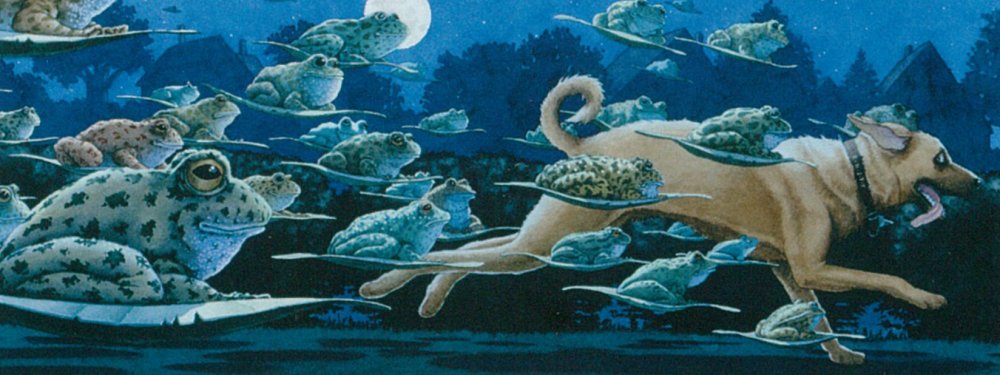

You may find that there are potential crossovers that could be ramped up and diluted depending on your class and your age range. I am predominantly a KS2 teacher (ages 7-11 for anyone non UK) but I will also try and use my limited knowledge of EYFS and KS1 (4-7) to give some pointers.

A week or so then followed, solving using reading skills(!!) and then compiling a report – allowing the children to actually interview suspects along the way! It was brilliant fun and produced some great work!Īnyhow, I have already digressed. On the pretence of doing performance poetry I took my class to the hall where an awful ‘crime’ took place! Children had to take notes and find clues and on returning to the classroom, my wonderful assistant had unveiled the crime board which contained most of the information they needed to solve the crime. I set up a crime board with witness statements, photos, clues etc (like a real murder mystery), but hid it from view.

My favourite still was a CSI type unit of work for report writing in Year 5. This is one of the things I sorely miss about the classroom actually, I loved developing units of work, particularly for literacy. So I thought I would be somewhere near useful and produce a post that give these hard working individuals some ideas at the very least! I am sure, if anyone so required, I could write actual plans and resources – for a small fee! Since then, on a daily basis, I have been inundated with searches from the World Wide Web – teachers eagerly searching for lesson plans surrounding this wonderful book. One of my very first posts was about the remarkable David Weisner book, Tuesday ( Tuesday on a Tuesday).


 0 kommentar(er)
0 kommentar(er)
